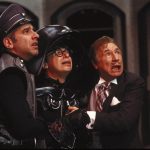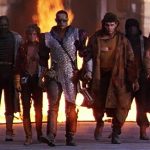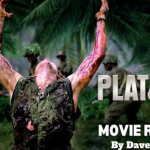Rambo: First Blood Part II (1985)
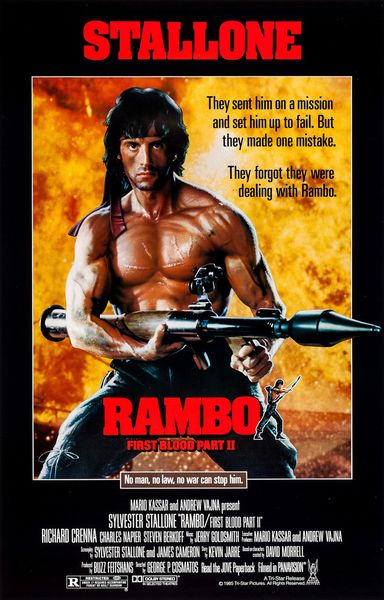
“Rambo: First Blood Part II”: An Action-Packed Sequel Directed by George P. Cosmatos
Suggested videos for you:
Released in 1985, “Rambo: First Blood Part II” is a quintessential action film directed by George P. Cosmatos, serving as the sequel to the 1982 film “First Blood.” Starring Sylvester Stallone in his iconic role as John Rambo, the movie amplifies the intensity and scale of its predecessor, offering a gripping narrative filled with explosive action, political themes, and an exploration of the aftermath of war. “Rambo: First Blood Part II” solidified the franchise’s place in popular culture and became a defining entry in the action genre of the 1980s.

The film picks up several years after the events of the first installment, where Rambo is living in a U.S. prison for the crimes he committed in self-defense. He is approached by Colonel Trautman (Richard Crenna), who offers him a chance at redemption: a covert mission to Vietnam to rescue American POWs still held captive. Despite his reluctance, Rambo accepts the mission, driven by a desire to confront his past and bring closure to the suffering of his fellow soldiers. The movie follows Rambo as he navigates the treacherous landscape of Vietnam, facing ruthless enemies and overcoming seemingly insurmountable odds.
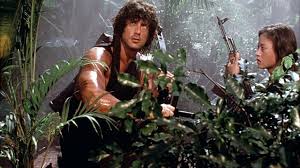
George P. Cosmatos’s direction emphasizes the film’s high-octane action sequences and dramatic stakes. The cinematography by Jack Cardiff captures the lush yet dangerous jungles of Vietnam, contrasting the beauty of the landscape with the brutality of war. Cosmatos effectively balances intense firefights and explosive set pieces with moments of character development, allowing viewers to connect with Rambo’s struggle. The film’s pacing is relentless, maintaining a sense of urgency that keeps audiences on the edge of their seats from start to finish.
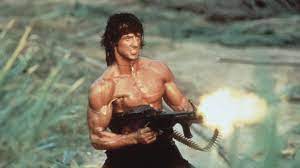
“Rambo: First Blood Part II” is primarily classified as an action film, but it also incorporates elements of war drama and political commentary. The story highlights the complexities of the Vietnam War and the treatment of veterans, addressing themes of loyalty, sacrifice, and the consequences of conflict. Rambo emerges not just as a one-man army but as a symbol of the struggle faced by many soldiers who returned home to a society that often overlooked their sacrifices. The film raises questions about heroism and the moral dilemmas associated with warfare, providing a deeper layer to the explosive action.
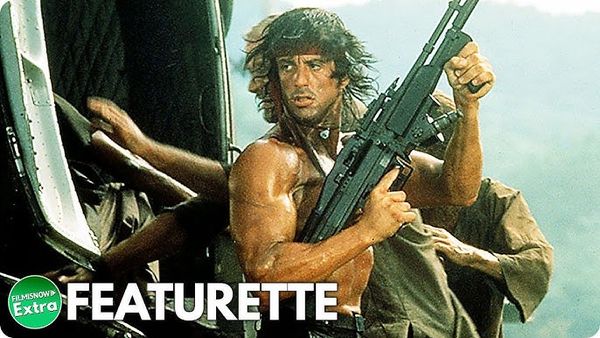
Sylvester Stallone delivers a memorable performance as John Rambo, embodying the character’s physical prowess and emotional depth. His portrayal captures the pain and trauma of a soldier haunted by his past, while also showcasing Rambo’s fierce determination and combat skills. The supporting cast, including Richard Crenna as Colonel Trautman and Julia Nickson as Co Bao, adds depth to the narrative. Nickson’s character, a Vietnamese resistance fighter, provides a strong counterpart to Rambo, highlighting themes of camaraderie and shared struggles.
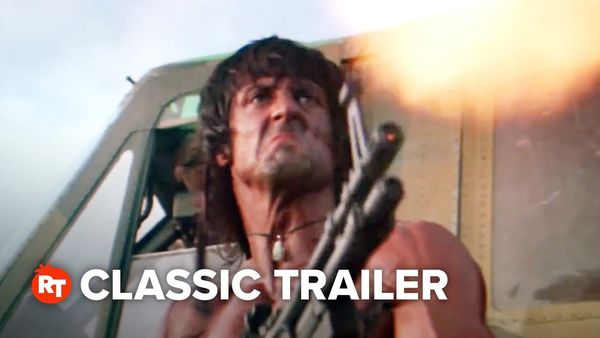
Upon its release, “Rambo: First Blood Part II” received mixed reviews from critics but was a commercial success, grossing over $300 million worldwide. It became a cultural phenomenon, spawning countless parodies and references in popular media. The film’s blend of action, patriotism, and social commentary resonated with audiences, making it a defining film of the 1980s action genre.
In conclusion, “Rambo: First Blood Part II” is a thrilling and action-packed sequel that captivates audiences with its explosive storytelling and complex themes. Directed by George P. Cosmatos, the film combines intense action with a deeper exploration of the effects of war on soldiers and society. Through the character of John Rambo, the film addresses the struggles of veterans while providing exhilarating entertainment. As a significant entry in the Rambo franchise, it continues to resonate with viewers, reminding us of the enduring legacy of one of cinema’s most iconic action heroes.



